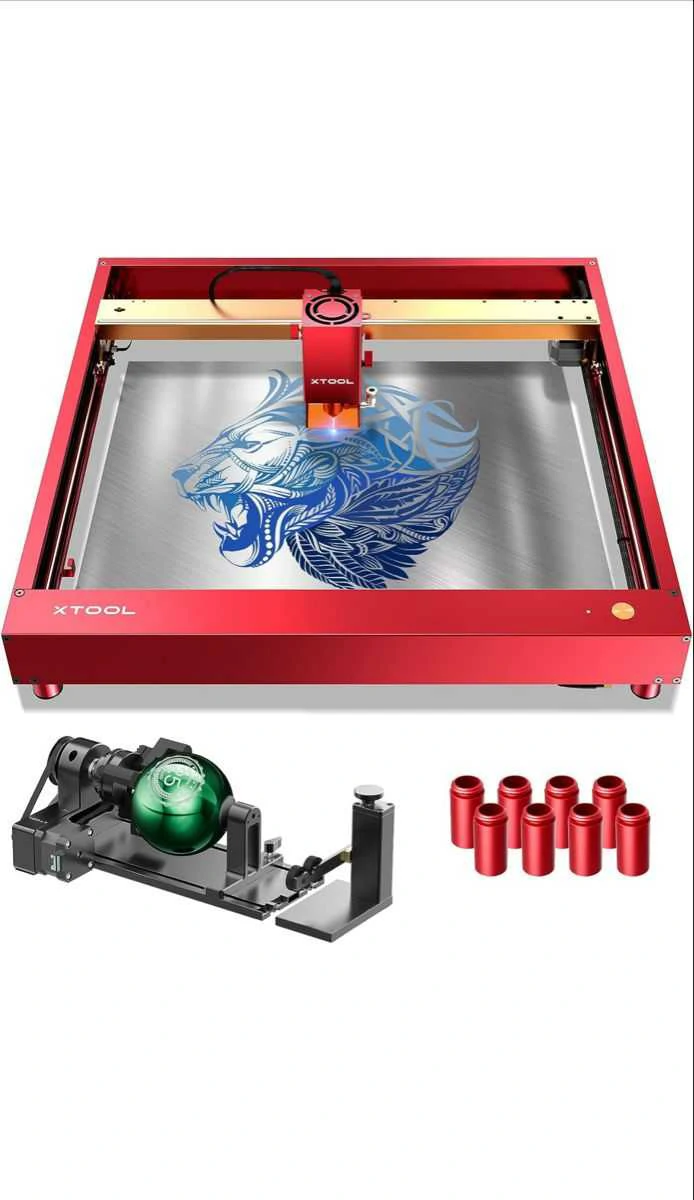The Working Principle of Small Laser Welding Machine
Small laser welding machines are versatile tools used in various industries for precision welding. These machines utilize the power of laser technology to join different metals with high accuracy and efficiency. The working principle of a small laser welding machine involves several key components and processes that enable it to deliver precise and reliable welds.
Laser Generation and Delivery
The first step in the working principle of a small laser welding machine involves the generation and delivery of the laser beam. The machine consists of a laser source, which could be a solid-state, fiber, or diode laser. This laser source generates a high-intensity beam of coherent light, typically in the infrared spectrum. The laser beam is then delivered to the welding area through a series of mirrors and lenses, which help focus the beam to a small, precise spot size. The focused laser beam provides the energy required for the welding process, ensuring that the heat input is localized and controlled.
Material Interaction and Melting
Once the laser beam is delivered to the welding area, it interacts with the materials being joined, typically metals. The high energy density of the laser beam rapidly heats the material, causing it to melt and form a weld pool. This process is highly controlled, as the focused beam allows for precise heat input and minimal distortion to the surrounding material. The interaction between the laser beam and the workpiece is crucial for achieving strong, high-quality welds, as it allows for deep penetration and effective joining of the materials. Additionally, the parameters controlling the laser beam, such as power, pulse duration, and repetition rate, can be finely tuned to accommodate different material thicknesses and compositions.
Weld Solidification and Quality Control
After the laser beam has melted the material and formed the weld pool, it is crucial for the solidification and cooling of the weld to occur in a controlled manner. The small laser welding machine’s working principle ensures that the rapid solidification of the molten material results in a strong metallurgical bond between the joined metals. The controlled heat input and minimal distortion provided by the laser welding process contribute to the high quality and integrity of the weld. Additionally, these machines often incorporate real-time monitoring and feedback systems to inspect the weld quality during the process, ensuring that any defects or irregularities are detected and addressed promptly, thus guaranteeing the overall quality of the welded joints.
Conclusion
In conclusion, the working principle of a small laser welding machine revolves around the precise generation and delivery of a high-intensity laser beam, its interaction with the workpiece to create a controlled weld pool, and the solidification and quality control of the resulting weld. These machines play a crucial role in modern manufacturing and fabrication processes, enabling the production of high-quality, defect-free welds with exceptional precision and efficiency.
.webp)
